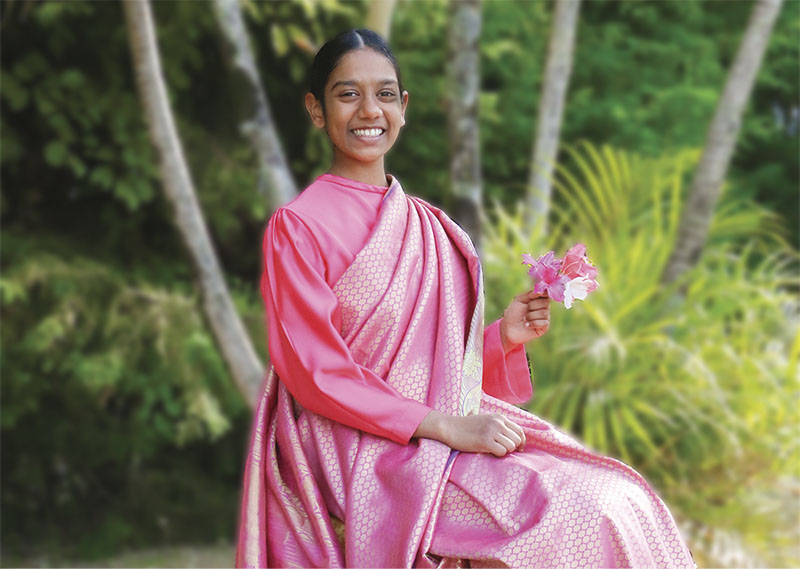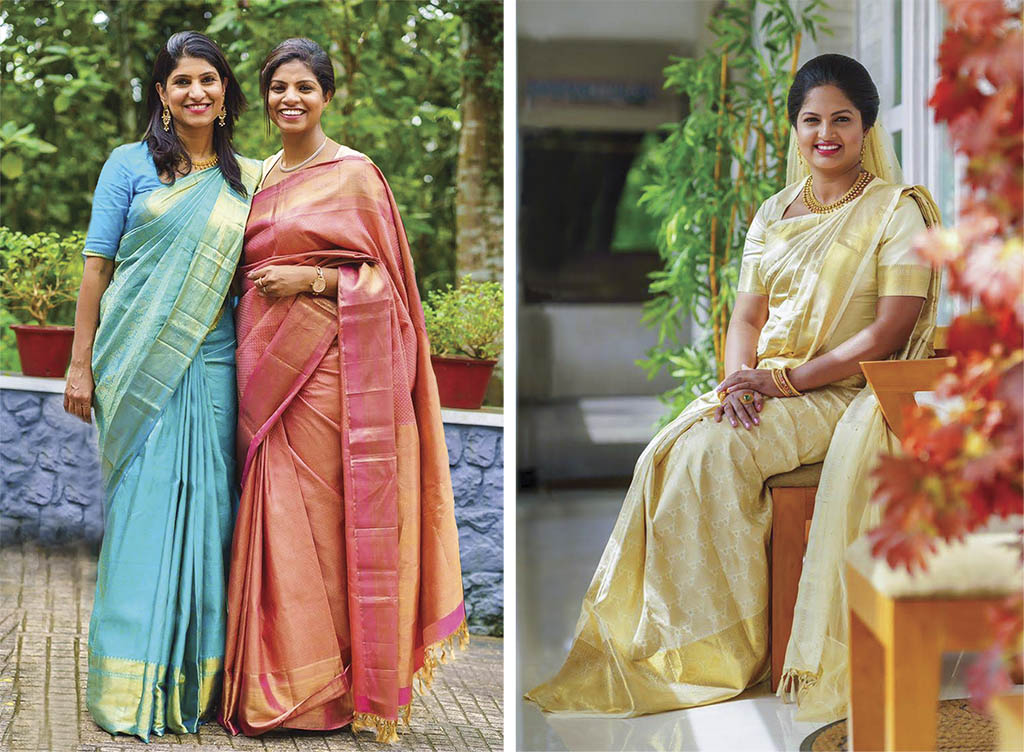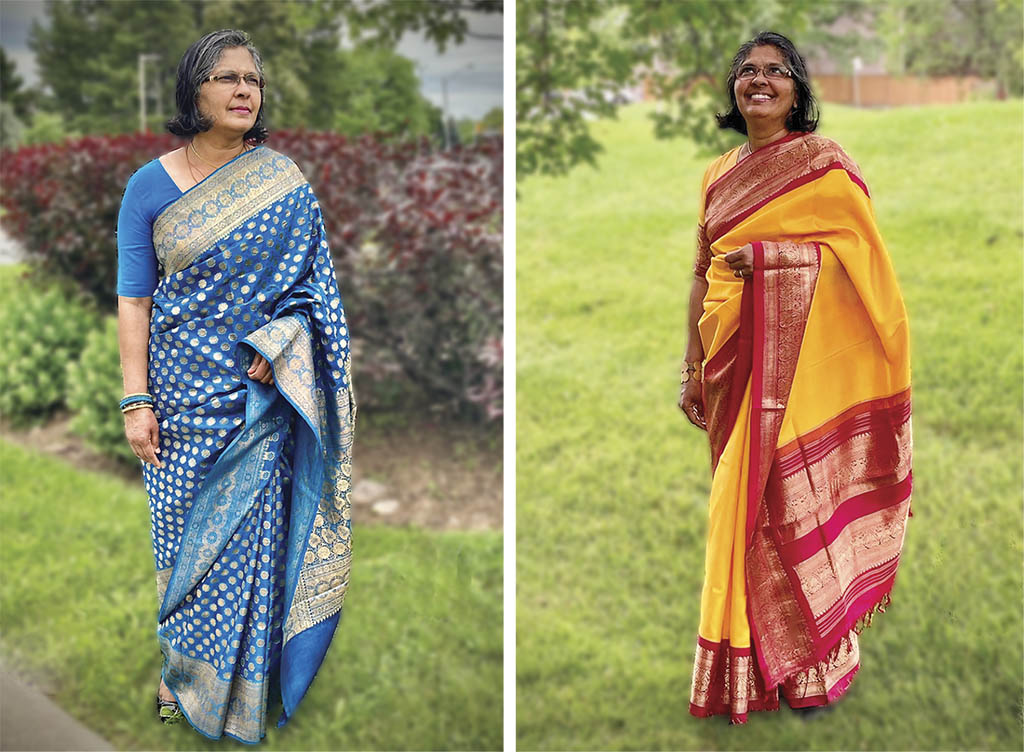Charm is the common thread in this garment, which seems to cover the wearer with the luminosity and grace that enveloped the bodies of Adam and Eve in Paradise.
W alking down the street in India is no easy task! It teems with merchants, children, cyclists, motor vehicles and other more versatile forms of locomotion, suited to manoeuvring amidst this explosion of life. After all, India is the second most populous country in the world, with a civilization that dates back several millennia.
With this setting in mind, I invite the reader to accompany me in a walk along just such a street, on a particularly hot afternoon.
The scene that we contemplate brings an unexpected thought to mind: “Ah, what longings for Paradise!” Now, before you attribute this sentiment to the inclement heat or the long walk, let me explain that there is one detail which I have not yet mentioned, but which lends a particularly captivating note to the whole ensemble just described… It is the garment typically worn by women throughout the country: the sari.
For those who have become accustomed to the sombre monopoly of mass-produced clothes, in which the dreary range of washed-out tones has crowded out the pulchrum of colours, Indian women wrapped in their saris appear as figures from a fairy tale, dressed with luxury, elegance and the distinctive charm of the Far East, where practicality and beauty merge with sublimity.
The sari is an ancient garment, and basically consists of a long piece of cloth, usually silk, which can be six to eight metres long, swathed around the body in a characteristic fashion, while one end is draped over the shoulder. There are records dating the sari back to two millennia before Christ, and the dyes developed at that time are still used today in the production of these fabrics. Incredible as it may seem, the sari is more practical than many types of clothing we commonly use: it serves as protection from the heat on hot summer days, while being capable of warding off the cold of winter.
The colourful textile of a sari can be accented with gold appliqués and details embroidered with silver threads, or with simple printed designs. There are more than eighty types of these fabrics, and these variations also depend on the traditions of the specific region of India from which they originated. Charm, however, is the point common to any type of sari, seeming to cover the wearer with the luminosity and grace that enveloped the bodies of Adam and Eve in Paradise.
Ah, what yearnings we feel for the innocence and union with the supernatural world that existed in the Garden of Eden, of which our eyes catch a glimmer when they behold a sari! Perhaps these “luminous” fabrics could be seen as a remnant of the beauty of those garments which the Divine Tailor made of skins, with such love and indulgence, as clothing to cover the shame of our first parents’ sin… They remind us of the Psalm: “Thou art clothed with honour and majesty, who coverest thyself with light as with a garment” (104:1-2).
At the end of our stroll through the streets of India, we reach a conclusion: the sari, much more than adorning a lady, enhances the dignity of the human being, created in the image and likeness of the Most High. And if we ascend the marvellous panoply of beings that emerged from His hands, we find at its very summit the most perfect creature, in whom all beauty is concentrated, and whose qualities cannot be enumerated: Mary Most Holy. Then we understand how rightly the Book of Revelation describes Her as “a Woman clothed with the sun, with the moon under her feet, and on her head a crown of twelve stars” (Rv 12:1). ◊










